Gwynn Scheltema
Ever write a story that seemed to go nowhere? Ever thought of a brilliant opening line, but never wrote the story? Ever found a line that you thought might make good dialogue, or a line in a poem, or the premise of an entire novel and lost it?
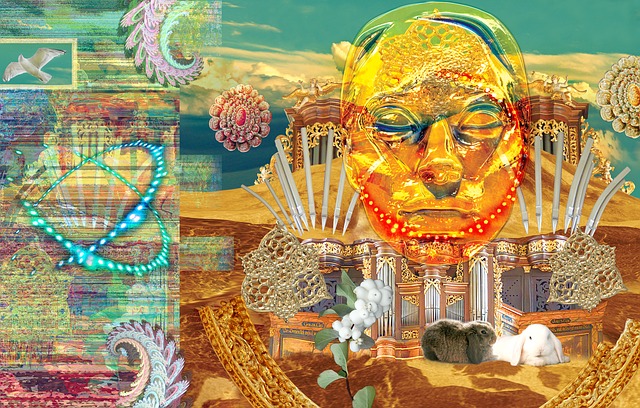 Rummaging around in discarded ideas will invariably turn up something unexpected, surprising, fun or usable.
Rummaging around in discarded ideas will invariably turn up something unexpected, surprising, fun or usable.
That’s not to say that every word you write is gold – saleable gold – and that none of it should go to waste. But ideas don’t always come at a time when you are ready for them, and if you have no way to revisit them, then even the good ideas will go to waste.
Increase your wheat-to-chaff ratio with an Ideas File and pop them in there. Actually, have several ideas files:
Ideas Files
- hard co
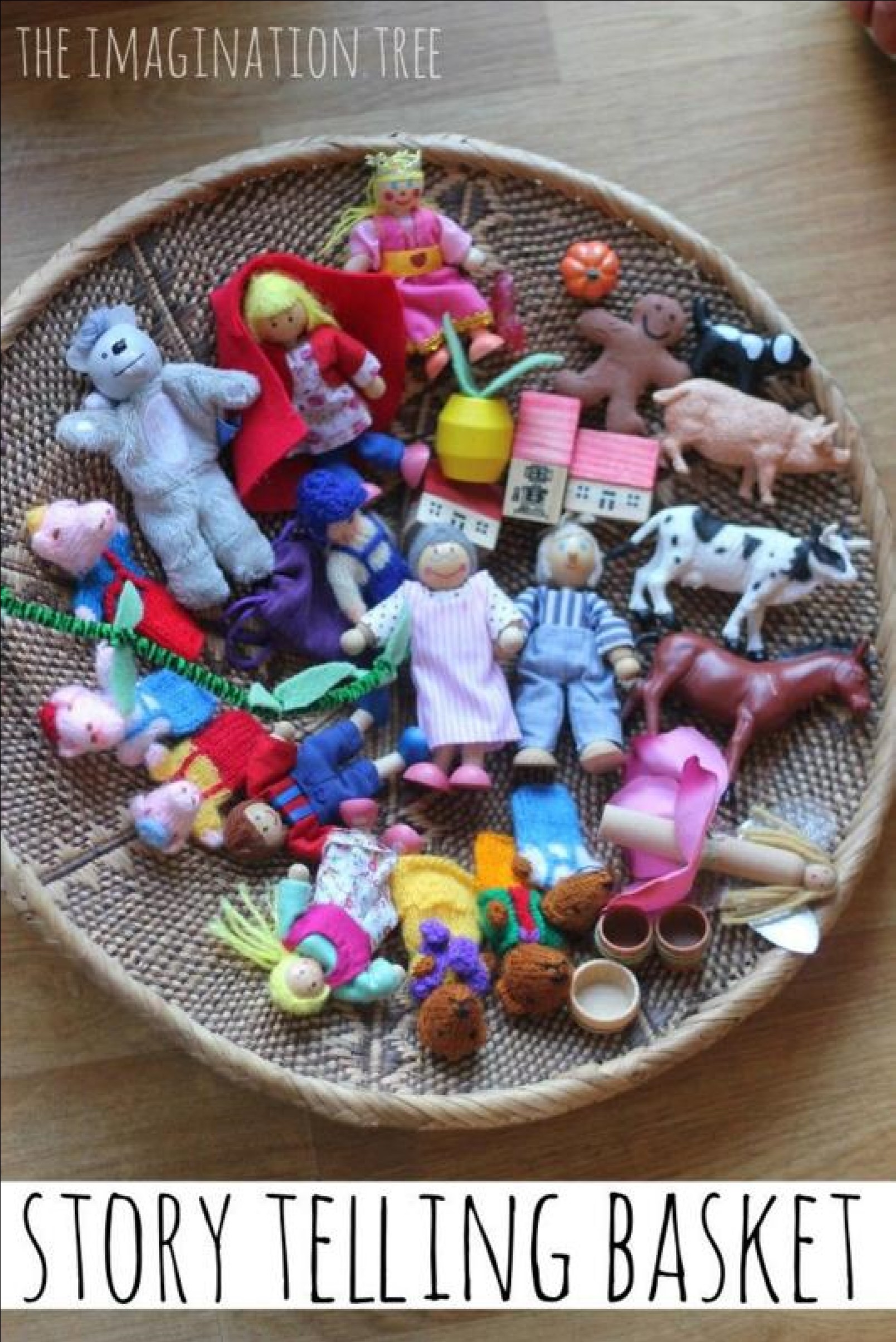 py file folder: for ideas scribbled on napkins and other scrap bits.
py file folder: for ideas scribbled on napkins and other scrap bits. - computer file for the same. Make sure you develop a way to easily navigate through them. Naming each one “good idea” won’t be too helpful when you have 400 “good ideas.” Make use of “version” and “date” options if you have very similar drafts of an unfinished story:
- horrornovel_v2_2016
- babypoetryRev3March
- trilogy_idea3
Personal coding system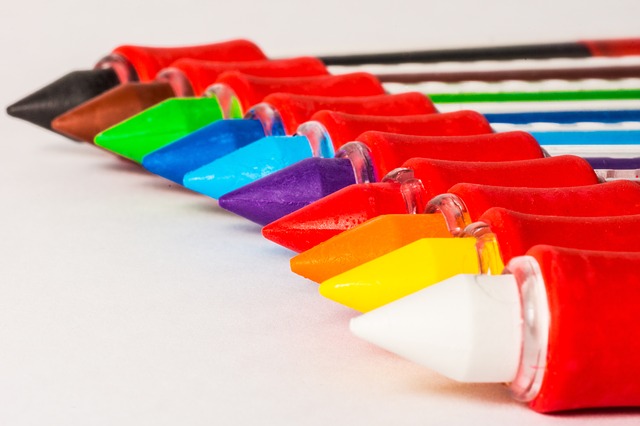
Create a personal coding system to mark up journals or notebooks for easy browsing retrieval. I use coloured highlighters: I underline or asterisk possible poetry ideas with yellow, novel snippets with blue, non-fiction article ideas with green, etc.
Other people’s ideas
Expand the concept to ideas beyond your own writing
- In another hard copy folder keep cuttings from newspapers and magazines, old letters or theatre tickets or postcards or photos. Expand to new subfolders as ideas begin to consolidate.
- In computer folders, keep ideas suggested by blog posts, or anything internet related, including email copy. Be sure to include URLs if you want to reference later.
- Create a Pinterest board. This is especially useful in the early stages of a novel. Pin pictures of faces, buildings, landscapes, objects, or anything that stirs up ideas or cements a visual for you. Here is one I started for my MG novel.
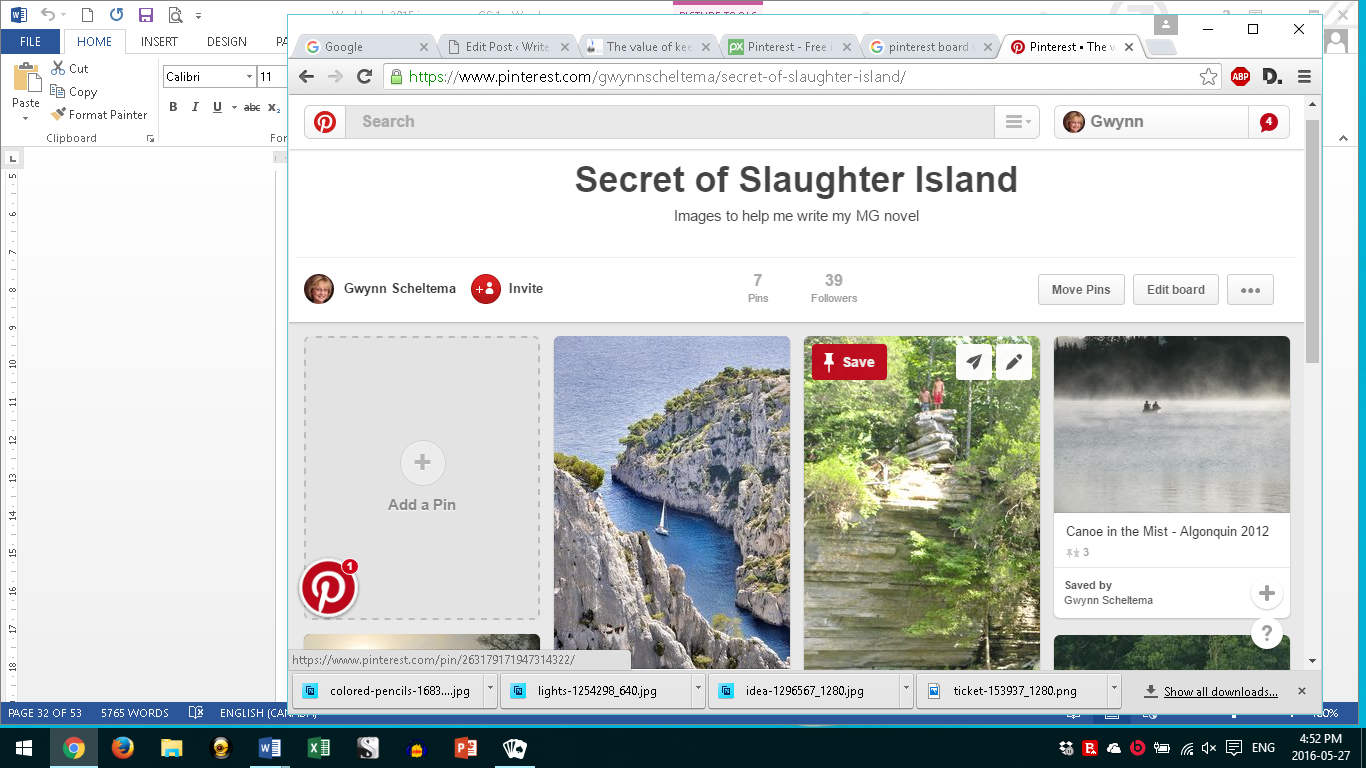
- Scrivener users can likely consolidate all of these methods into a dummy project called “Ideas” and harness Scrivener’s reference tools.
- Go to https://www.literatureandlatte.com/ for a free-trial download. If you want guidance on using this power program, Heather O’Connor is Writescape’s resident Dr. Scrivener and she makes house calls.
Of course, having all these ideas is pointless if you don’t do something with them.
Here is a creative exercise to try:
Take these tw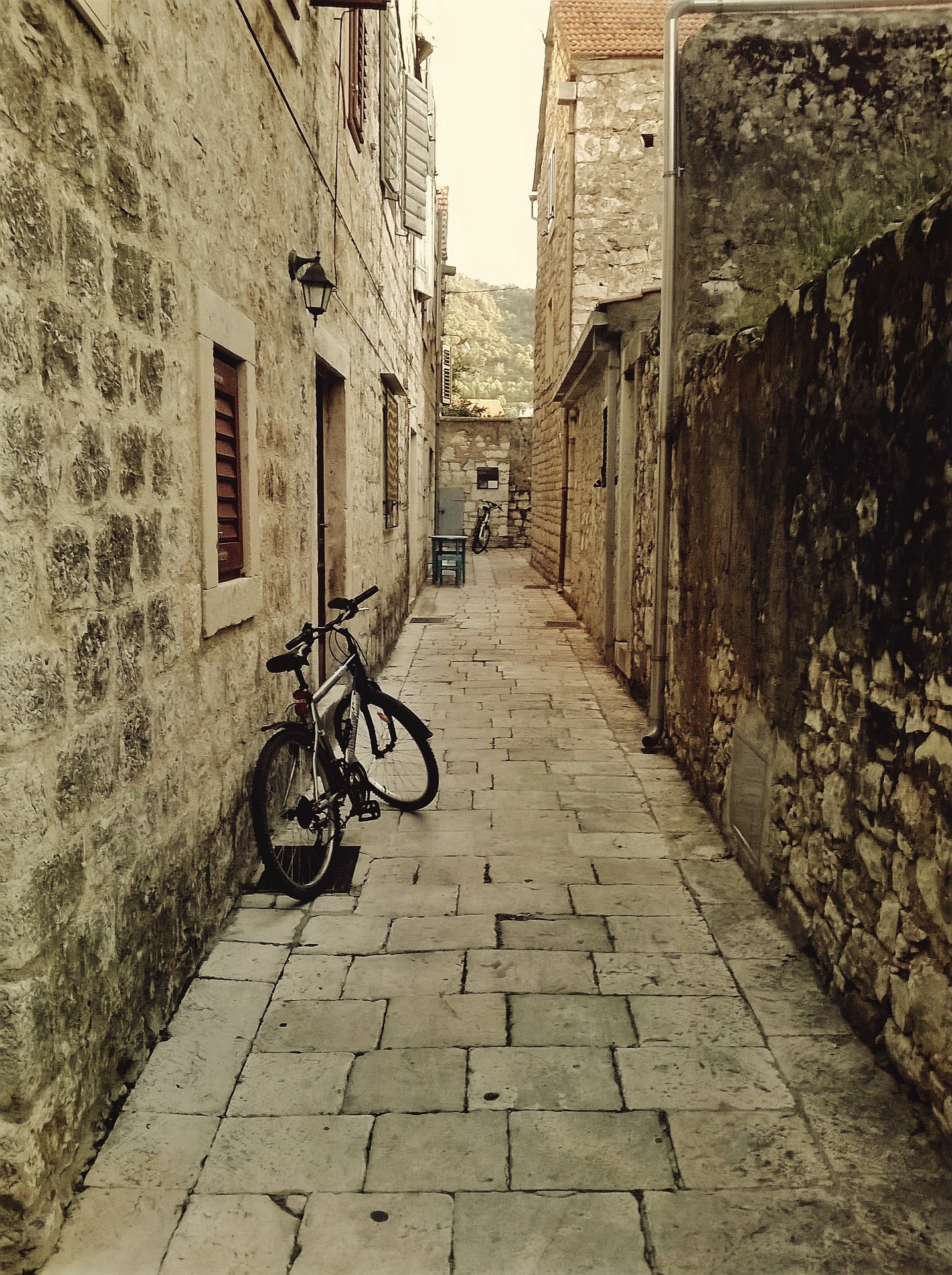 o random pictures and write a scene that will somehow link them together.
o random pictures and write a scene that will somehow link them together.
When pairing ideas, don’t worry if they seemingly have nothing in common when you begin– that is the point of the exercise. The struggle of creating the link is what gets your brain going.

